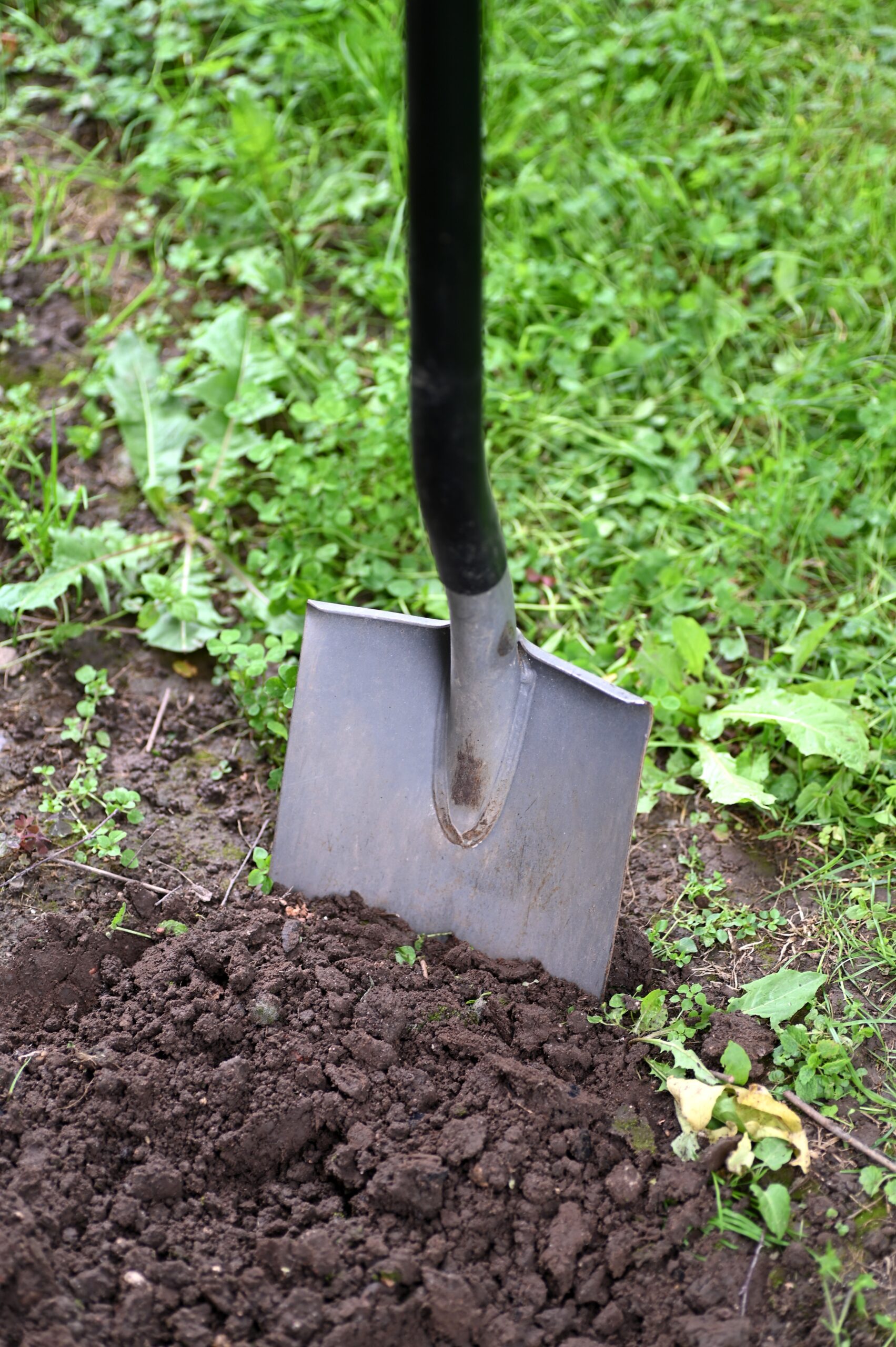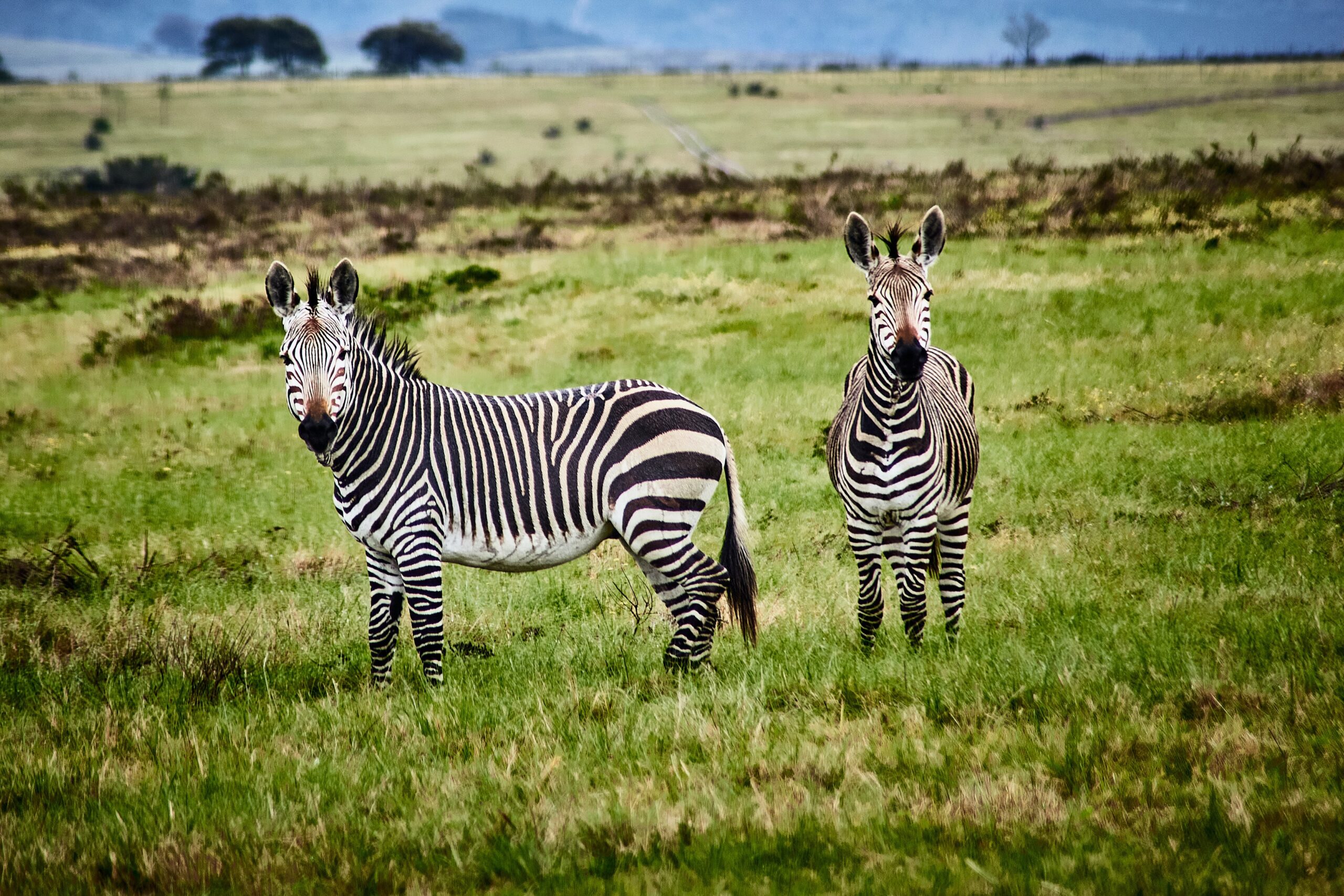A decline of wild pollinators, along with a decline of bee diversity, has been a cause of concern among academics and governmental organizations. According to IPBES, a lack of wild pollinator data contributes to difficulties in comprehensively analyzing the regional status of wild pollinators in Africa, Latin America, Asia and Oceania. It may have also contributed to the prevailing lack of awareness of the diversity of honey bees, of which the managed Apis mellifera is often considered as ‘‘the (only) honey bee,’’ despite the fact that there are eight other honey bee species extant in Asia. A survey of 100 journal articles published in 2016 shows that 57% of the studies still identified A. mellifera as ‘‘the honey bee.’’ In total, 80% of studies were conducted solely on A. mellifera. This focus on A. mellifera has also caused the honey standard of Codex Alimentarius and the European Union to be based solely on A. mellifera, causing improper evaluation of honeys from other species. We recommend adapting current standards to reflect the diversity of honey bees and in the process correct failures in the honey market and pave the way towards improved protection of honey bee species and their habitats.
Thinking beyond western commercial honeybee hives: Towards improved conservation of honey bee diversity
Year: 2017

































































































































































































































































































































































































































































































































































































































































































































































































































































































































































































































